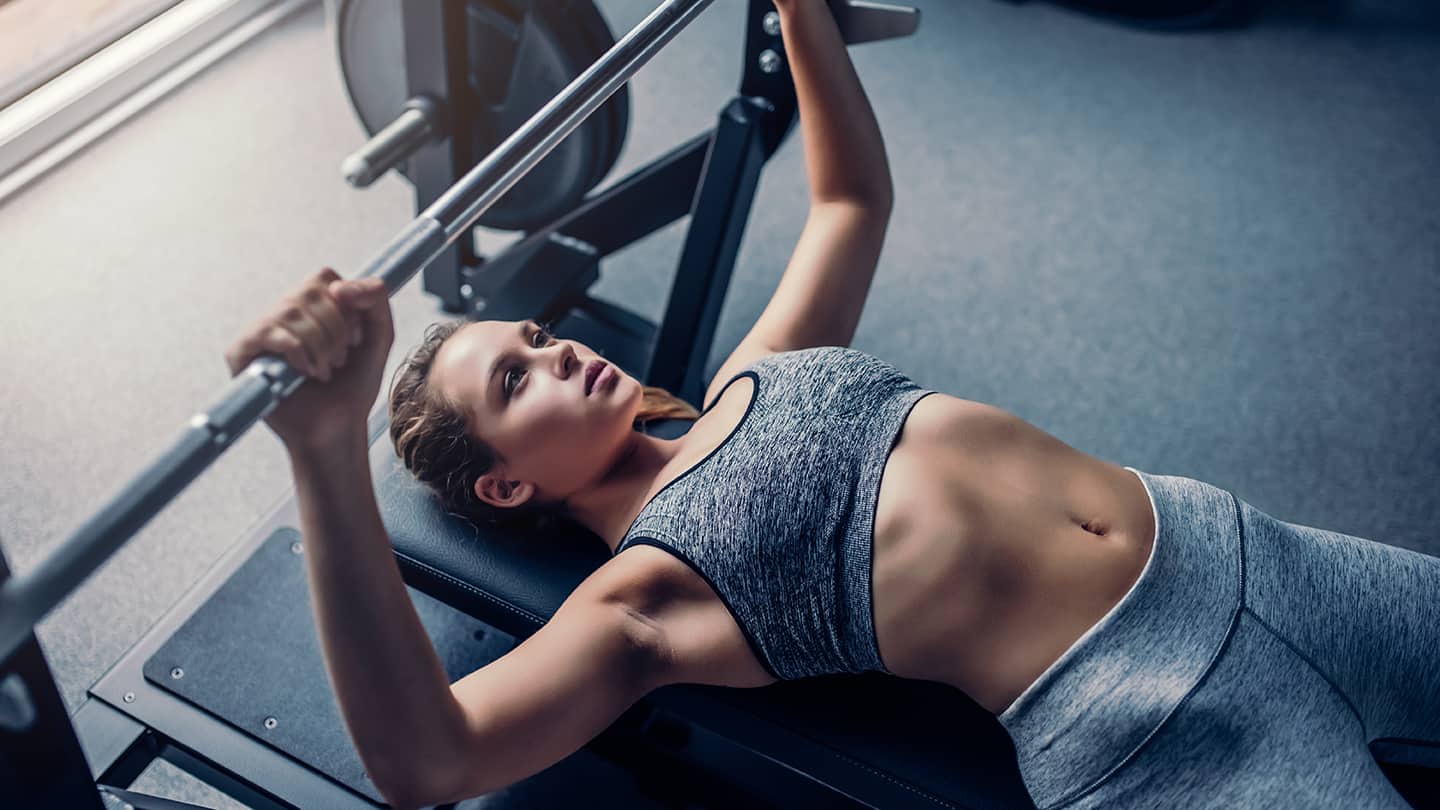NUTRITION
Are Abs Really Made in the Kitchen?
Remember the old saying Abs are made in the kitchen? Well, it may not be entirely true. Clean eating doesn’t guarantee a six-pack. Your abs consist of several muscles. Unless you work those muscles, they won't grow and get that sought-after shape. Abs are made in the gym but revealed in the kitchen.
Why Diet Isn't Everything
Most fitness trainers emphasize the role of good nutrition when it comes to ab work. Some claim that core exercises are a waste of time unless you eat clean. While it's true that what you eat can make or break your progress, diet isn't everything.
According to those who claim that abs are made in the kitchen, exercise burns too few calories to make a difference. They'll tell you that a low-carb, high-protein diet is the key to building ripped abs. Theoretically, it makes sense.
For instance, strength training burns 180 to 266 calories per hour depending on your weight. When training at high intensity, you can torch up to 550-600 calories per hour.
However, if you go home and eat a big slice of cake, you'll take in the same amount of calories within minutes. Therefore, it's easier to reduce your calorie intake rather than working out for a longer time.
The problem is that dieting doesn't have the same impact on body composition as exercise. When you're lifting weights, you burn calories DURING and AFTER working out. Strength training revs up your metabolism, causing your body to use more energy to sustain itself. Additionally, the more muscle you have, the higher your calorie expenditure will be. This means you'll burn more calories at rest by building muscle.
Strength training revs up your metabolism, causing your body to use more energy to sustain itself. Additionally, the more muscle you have, the higher your calorie expenditure will be. This means you'll burn more calories at rest by building muscle.
The same goes for HIIT, plyometrics, and other high-intensity workouts. These training methods increase your resting metabolic rate and promote muscle growth. The more intense your workouts, the more calories you'll burn throughout the day. Thus, exercise can yield faster results in terms of ab definition.
Certain foods do increase your metabolism. However, they have a negligible impact on body composition. Low-carb and ketogenic diets can help, but you might lose muscle in the process. Regardless of what your diet looks like, exercise is a must.
Exercise and Ab Definition
Let's say you eat clean and watch your calorie intake. Is it enough to build a six-pack, or do you still need to work out?
Well, this approach can lead to fat loss and flatten your tummy, but it won't give you a six-pack. To get ripped abs, it's necessary to pack on muscle and lose body fat. This can only be done through diet AND exercise.
Depending on your schedule, work your core one to three times a week. Your abs are just like any other muscle, so they need time to recover. If you go overboard, they will adapt to exercise. Additionally, overtraining will drain your energy and affect your gains. It may also raise cortisol levels, causing your body to store fat.
Cortisol, the stress hormone, is notorious for its ability to increase visceral fat. This type of fat accumulates around your organs, leading to diabetes, insulin resistance, metabolic syndrome, heart disease, and obesity. If you're killing yourself in the gym, your cortisol levels will go through the roof.
Be smart about ab training. Weighted crunches, reverse crunches, planks, and hanging leg raises should come first on your list. Heavy lifts, such as the bench press and squat, boost your metabolism and cause your abs to work hard. Thus, they should play a role in your training routine. If your abs are covered in fat, reduce your calorie intake. Eat more protein and healthy fats, cut back on carbs, and limit sodium. It can take months or years to build a six-pack, so don’t expect overnight results.
If your abs are covered in fat, reduce your calorie intake. Eat more protein and healthy fats, cut back on carbs, and limit sodium. It can take months or years to build a six-pack, so don’t expect overnight results.
Summary
- Abs are made in the gym but revealed in the kitchen.
- Exercise and diet are equally important for building a six-pack.
- Diet alone will only flatten your stomach and cause weight loss. Its impact on body composition is negligible.
- Heavy lifting and HIIT will sculpt your abs while increasing metabolism.
